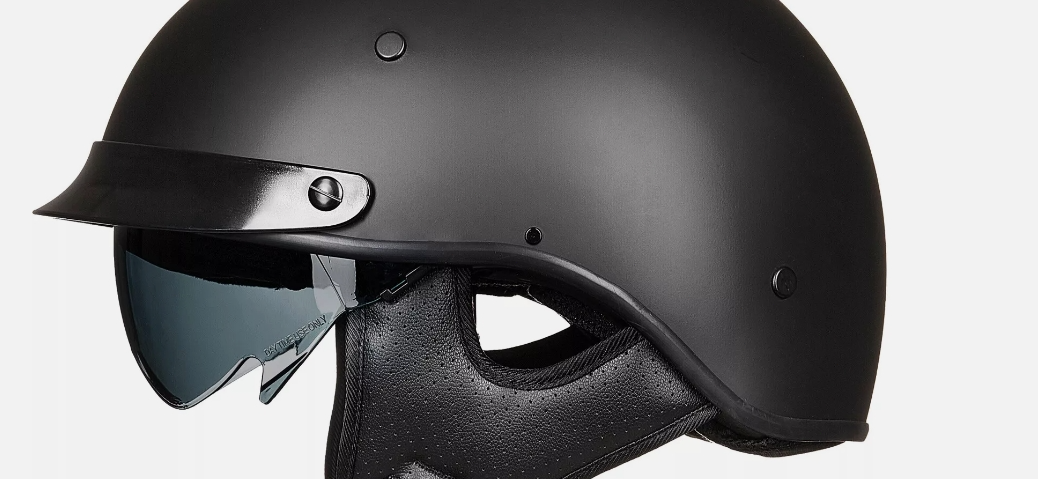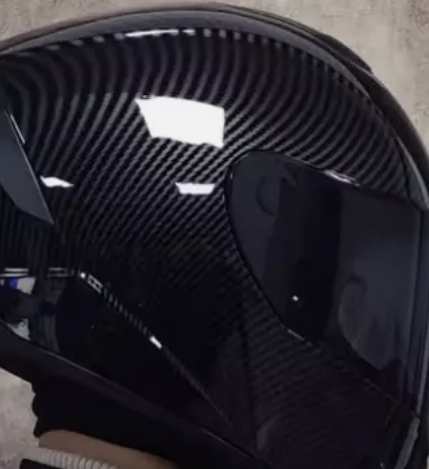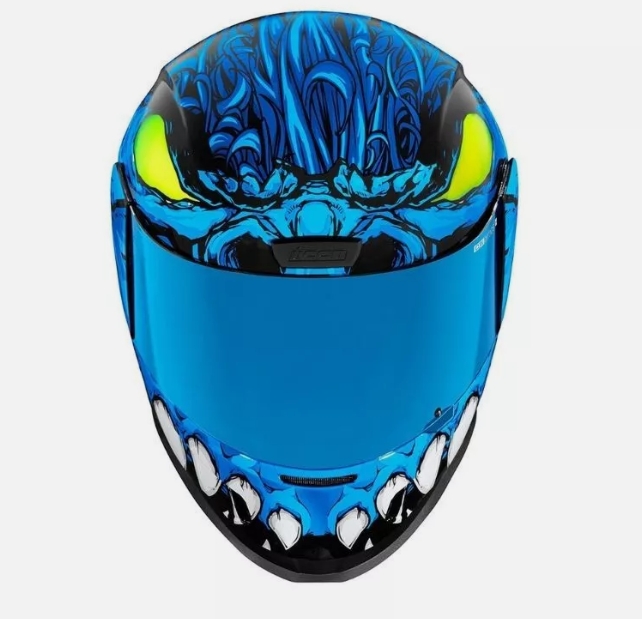Helmet is a kind of protective safety equipment, widely used in cycling, skiing, construction sites, motorcycles and other occasions. It is designed to reduce the risk of head injury and provide important protection for the wearer. Whether riding a bicycle on city streets or working at altitude, helmets can effectively absorb impact forces and prevent serious head injuries.
Modern helmets usually use lightweight materials such as polyethylene or carbon fiber, which not only resist impact, but also have good air permeability and comfort. Many helmets are also equipped with a safety certification mark, ensuring that they meet international safety standards.
Wearing a helmet is an important measure to ensure safety, but it also requires correct purchase and appropriate wear. A suitable helmet should match the wearer's head shape and be adjusted to a comfortable position when in use. In daily life, improving safety awareness and developing the habit of wearing helmets are crucial to reducing accident rates. Through scientific design and proper use, helmets will escort our safety.




